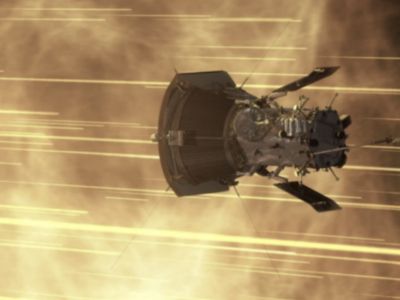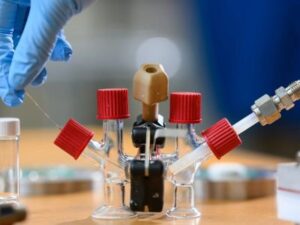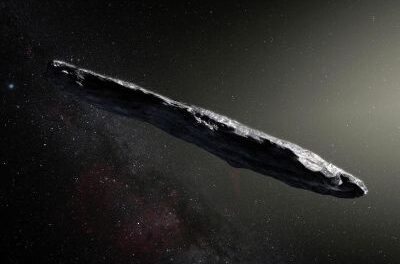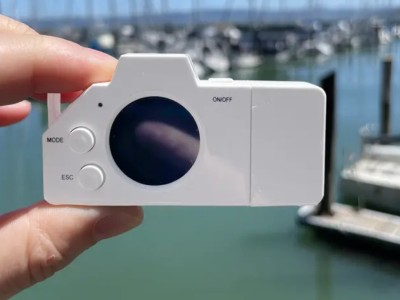NASA’s Parker Solar Probe is back in the spotlight after successfully collecting data from the surface of the Sun. The device, designed to study the extreme conditions of the solar atmosphere, approached the star at record close distances. Operations teams have confirmed NASA’s mission to “touch” the Sun survived its record-breaking closest approach to the solar surface in Dec. 24, 2024.
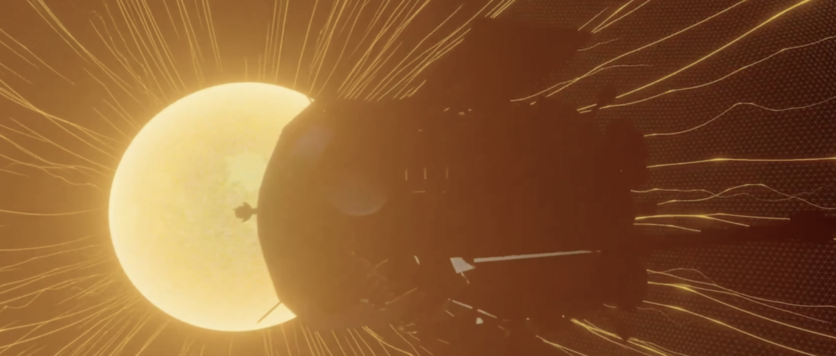
Breaking its previous record by flying just 3.8 million miles above the surface of the Sun, NASA’s Parker Solar Probe hurtled through the solar atmosphere at a blazing 430,000 miles per hour — faster than any human-made object has ever moved. A beacon tone received late on Dec. 26 confirmed the spacecraft had made it through the encounter safely and is operating normally.
This time, NASA Parker Solar Probe has provided unique insights into the solar wind and magnetic fields that help scientists better understand the processes inside a star. The device continues to explore the corona of the Sun, where the temperature exceeds millions of degrees.
On Christmas Eve, the probe made its closest approach to the Sun, coming just 6.1 million kilometers from its surface — seven times closer than any other mission before. Protected by a powerful heat shield, the device not only withstood extreme conditions, but also set new records, including a speed record (692,018 km/h): it became the fastest object created by man.
This pass, the first of more to come at this distance, allows the spacecraft to conduct unrivaled scientific measurements with the potential to change our understanding of the Sun.
“Flying this close to the Sun is a historic moment in humanity’s first mission to a star,” said Nicky Fox, who leads the Science Mission Directorate at NASA Headquarters in Washington. “By studying the Sunup close, we can better understand its impacts throughout our solar system, including on the technology we use daily on Earth and in space, as well as learn about the workings of stars across the universe to aid in our search for habitable worlds beyond our home planet.”
Credits: NASA
NASA Parker Solar Probe has spent the last six years setting up for this moment. Launched in 2018, the spacecraft used seven flybys of Venus to gravitationally direct it ever closer to the Sun. With its last Venus flyby on Nov. 6, 2024, the spacecraft reached its optimal orbit. This oval-shaped orbit brings the spacecraft an ideal distance from the Sun every three months — close enough to study our Sun’s mysterious processes but not too close to become overwhelmed by the Sun’s heat and damaging radiation. The spacecraft will remain in this orbit for the remainder of its primary mission.
“Parker Solar Probe is braving one of the most extreme environments in space and exceeding all expectations,” said Nour Rawafi, the project scientist for Parker Solar Probe at the Johns Hopkins Applied Physics Laboratory (APL), which designed, built, and operates the spacecraft from its campus in Laurel, Maryland. “This mission is ushering a new golden era of space exploration, bringing us closer than ever to unlocking the Sun’s deepest and most enduring mysteries.”
Close to the Sun, the spacecraft relies on a carbon foam shield to protect it from the extreme heat in the upper solar atmosphere called the corona, which can exceed 1 million degrees Fahrenheit. The shield was designed to reach temperatures of 2,600 degrees Fahrenheit — hot enough to melt steel — while keeping the instruments behind it shaded at a comfortable room temperature. In the hot but low-density corona, the spacecraft’s shield is expected to warm to 1,800 degrees Fahrenheit.
“It’s monumental to be able to get a spacecraft this close to the Sun,” said John Wirzburger, the Parker Solar Probe mission systems engineer at APL. “This is a challenge the space science community has wanted to tackle since 1958 and had spent decades advancing the technology to make it possible.”
By flying through the solar corona, Parker Solar Probe can take measurements that help scientists better understand how the region gets so hot, trace the origin of the solar wind (a constant flow of material escaping the Sun), and discover how energetic particles are accelerated to half the speed of light.
“The data is so important for the science community because it gives us another vantage point,” said Kelly Korreck, a program scientist at NASA Headquarters and Helio physicist who worked on one of the mission’s instruments. “By getting firsthand accounts of what’s happening in the solar atmosphere, Parker Solar Probe has revolutionized our understanding of the Sun.”
The probe is capable of measuring the parameters of the solar wind. Scientists hope that the spacecraft will go through a coronal mass ejection (CME) to collect new data on the mechanisms of particle acceleration caused by these powerful phenomena.
The new data point to a complex interaction between the solar wind and the Earth’s magnetic field, which is especially important for predicting space weather. The information collected by the probe will help protect our planet from potentially dangerous flares and coronal mass ejections.
These phenomena can disrupt satellites and communication systems. The NASA Parker Solar Probe mission reaffirms its scientific relevance by taking steps toward unraveling fundamental questions about how stars work.

